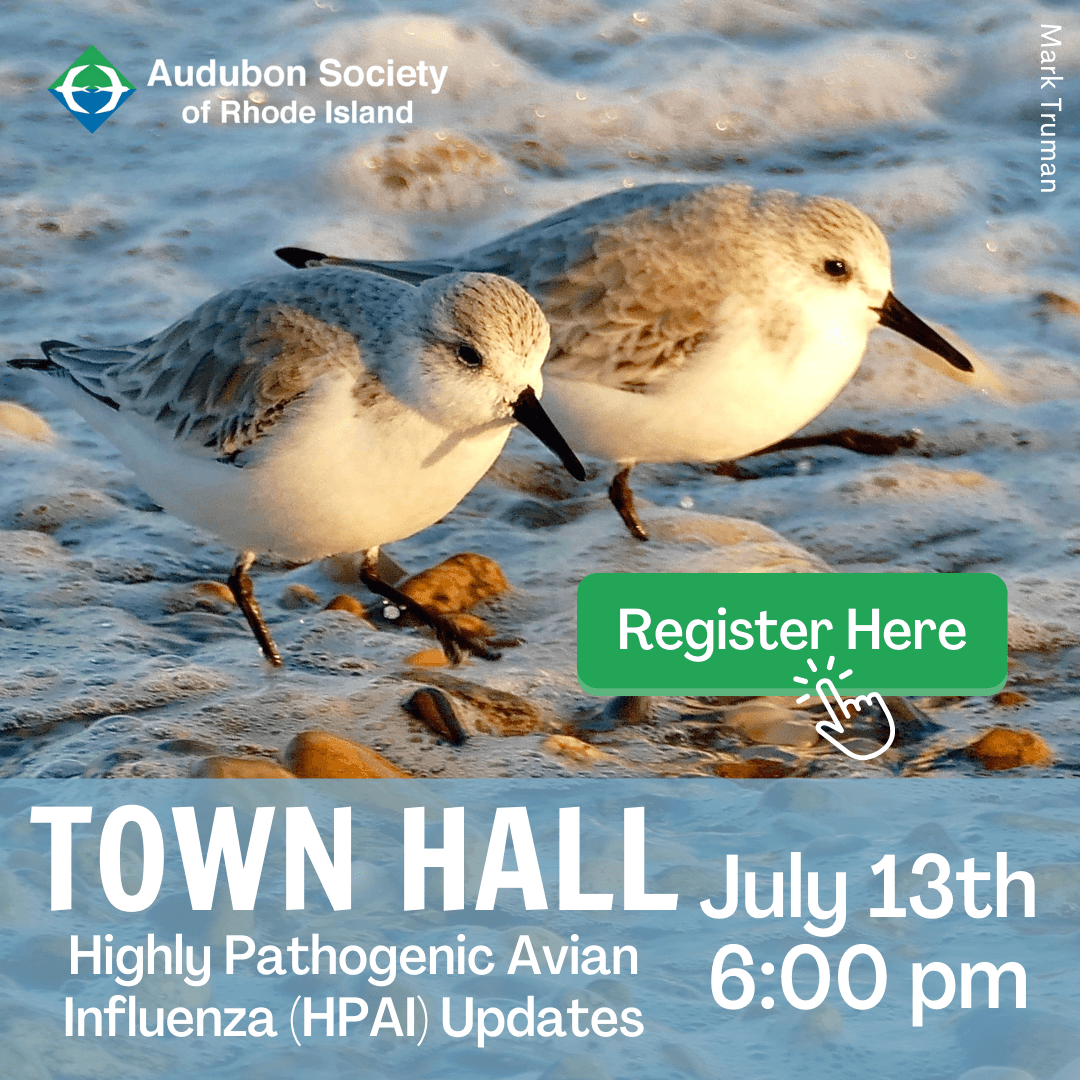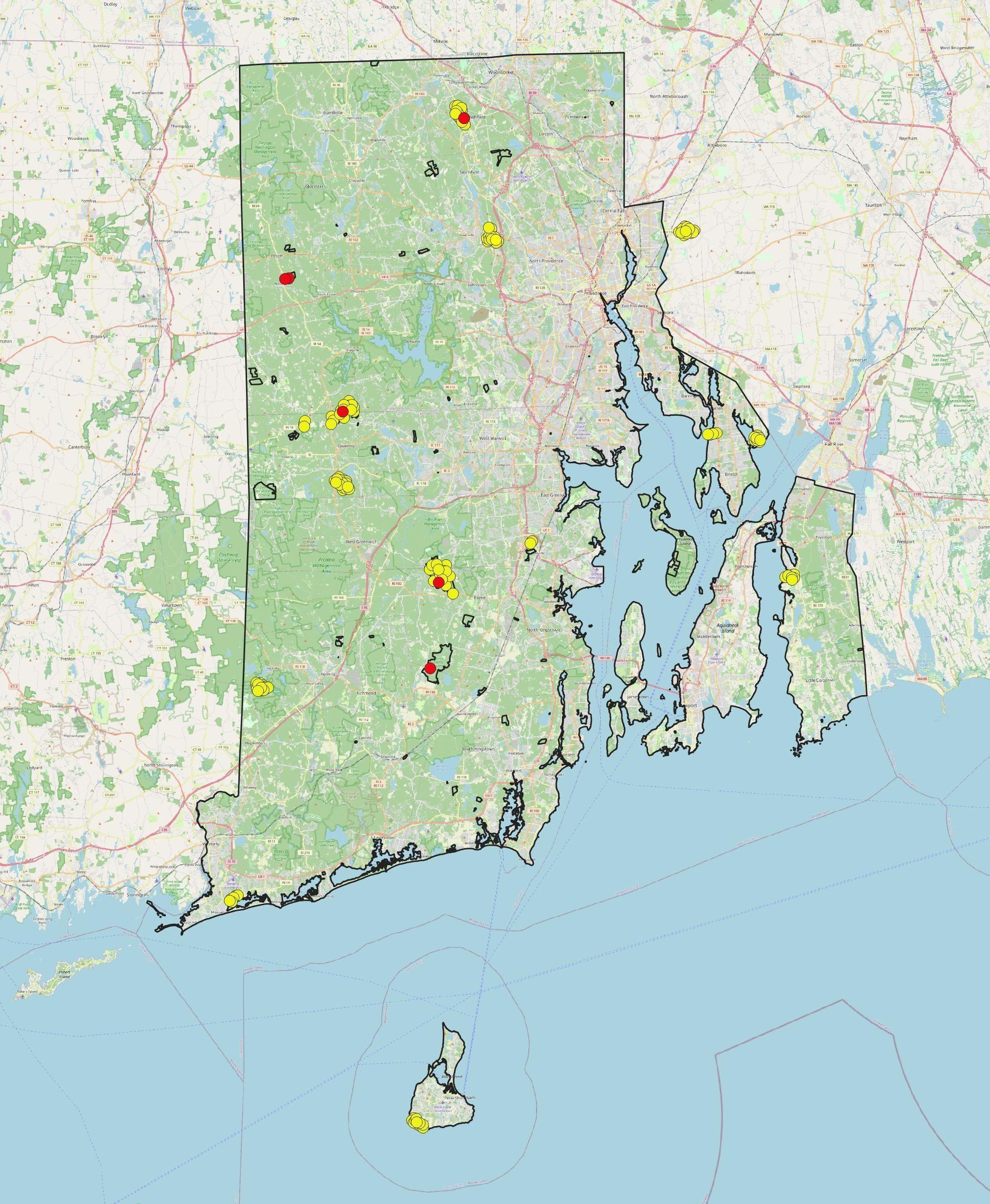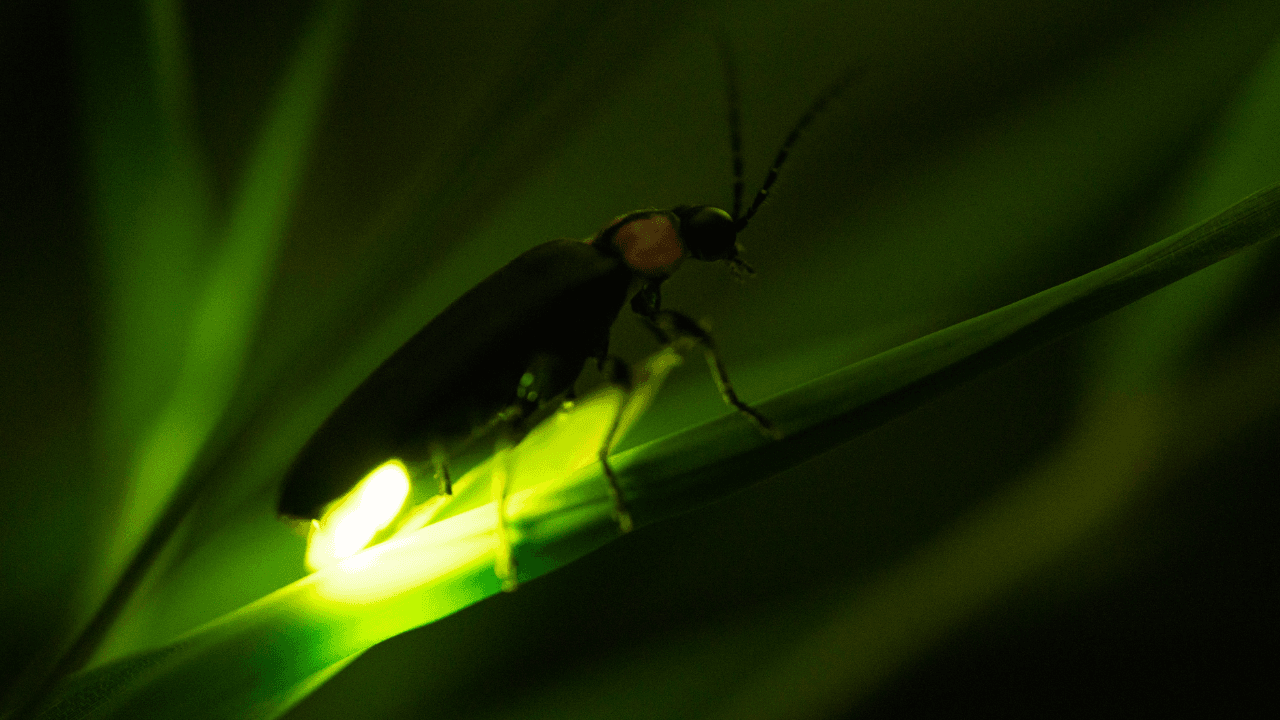June 2022
The Audubon Bird Research Email Newsletter provides you with monthly updates outlining the work we are doing as part of the scientific research initiative at the Audubon Society of Rhode Island. You will also receive emails when we are in need of volunteers for projects. Suggestions and questions regarding the newsletter can be sent to Dr. Charles Clarkson, Audubon Director of Avian Research, cclarkson@asri.org.
Sign up to get the Audubon Bird Research Newsletter in your email inbox!
A Reminder of Why We Do What We Do
-
In a few short weeks, I will be attending the American Ornithological Society’s annual meeting in Puerto Rico. The meeting will be held in conjunction with Para La Naturaleza (translation: For Nature), Birds Caribbean and Sociedad Ornitológica Puertoriqueña. The theme for this year’s international conference is “On the Wings of Recovery: Resilience and Action” and the funding partners include the National Science Foundation, The National Audubon Society, The Cornell Lab of Ornithology and the U.S. Fish and Wildlife Service. International conferences such as these attract thousands of passionate researchers and facilitate the exchange of ideas and strategies on effective bird conservation.
Ornithologists from over 30 countries will come together in Puerto Rico to address the issues that face our global bird populations. Workshops, symposia and roundtable discussions will center around what can be done to mitigate the effects of climate change, habitat loss, bird-window collisions and many other conservation issues we face today. Additional workshops will be offered on creating an environment of equity, inclusion and diversity in Ornithology. Simply put, the 5-day conference will revolve around one thing: making the world a better place.
-
I am proud to be an Ornithologist. It has been my calling from a young age. I want to help birds to the extent that I am able. I do this by engaging in scientific research and communicating that research to the general public. Science communication is critically important and a very effective way to impassion others to do what they can to aid in the conservation of our natural resources. I find that the biggest hurdle to making meaningful connection with the general public is convincing people that they are a part of nature and not apart from nature. The distinction is massive.
In my next newsletter, I plan to communicate to all of you the information that I received during the Ornithological Conference. New, cutting edge science regarding the best tools at our disposal for bird conservation, should not be confined to conference rooms filled with scientists. It should be disseminated to a larger audience. And that is what I plan to do. Stay tuned!
Research Update
It is breeding season! The migrants have officially passed through our state and the remaining birds are here with plans to increase their genetic stock. Across our refuges, volunteers are surveying breeding birds using a standardized protocol provided to them during online training sessions. In addition, our Acoustic Recording Units (ARUs) have been deployed across 6 refuges since the first week of April and have now recorded the entire migrating and breeding bird communities within range of their microphones.
-
The general survey work being conducted across our refuges is only the tip of the iceberg. Concurrently with volunteer surveys, 150 point-counts are being conducted in specific habitat types across Audubon land. These data will be used to describe bird-habitat relationships and relative abundances of individual species.
Feather, soil and water samples from a subset of our refuges are also being collected this breeding season and will be used for neonicotinoid analysis. This pilot year will focus on working out the specifics of analysis, such as necessary sample size, sample prep and chemical reagents and standards. However, by the end of even this preliminary analysis, we will know which species have detectable levels of neonics. Targeted mist netting will provide feather samples from year-round residents and recently fledged birds so we can tie the neonic presence directly to the habitat within territories placed on our refuges. If we detect neonicotinoid pesticides in the birds, water and soil on Audubon properties, we will be able to provide strong science-based evidence to be used in effective advocacy.
-
Click to enlarge. Location of all point-count stations (yellow circles) and Acoustic Recording Units (ARU) (red circles).
Next Chapters
A considerable amount of time will be put into the analysis of our pilot year of data. From this information, key decisions regarding conservation and management plans will be made at Audubon. One of those decisions is the creation of our list of “Responsibility Birds”, the species we will ultimately target with research and for which we will create tailored management plans. Many species experiencing steep population declines across their geographical range can be found nesting at our refuges. One such species is the Wood Thrush (Hylocichla mustelina), which is declining at a rate of 2.6% per year over the past 50-years in the region (BBS). It just so happens that the George B. Parker Woodland hosts one of the densest breeding populations of this species in the state. This type of information will be critical in understanding how we can have the most positive impact on bird conservation in Rhode Island.
I look forward to digging into all of the data in the coming fall/winter. But for now, it’s field season!
Citizen Science Projects
-
Projects that rely on data collected by dedicated volunteers are some of the most powerful tools at our disposal for detecting trends and patterns across large geographic areas. Our understanding of bird distribution and abundance would be far less comprehensive without data from the Christmas Bird Count, The Breeding Bird Survey and eBird. The data you collect are important.
I am always happy to spotlight new citizen science projects that would benefit from your contribution. Mass Audubon is currently seeking volunteers to help document the change in firefly populations with their “Firefly Watch” campaign. The details, training materials and more can be found at the link below.
Mass Audubon's Firefly Watch
-





















